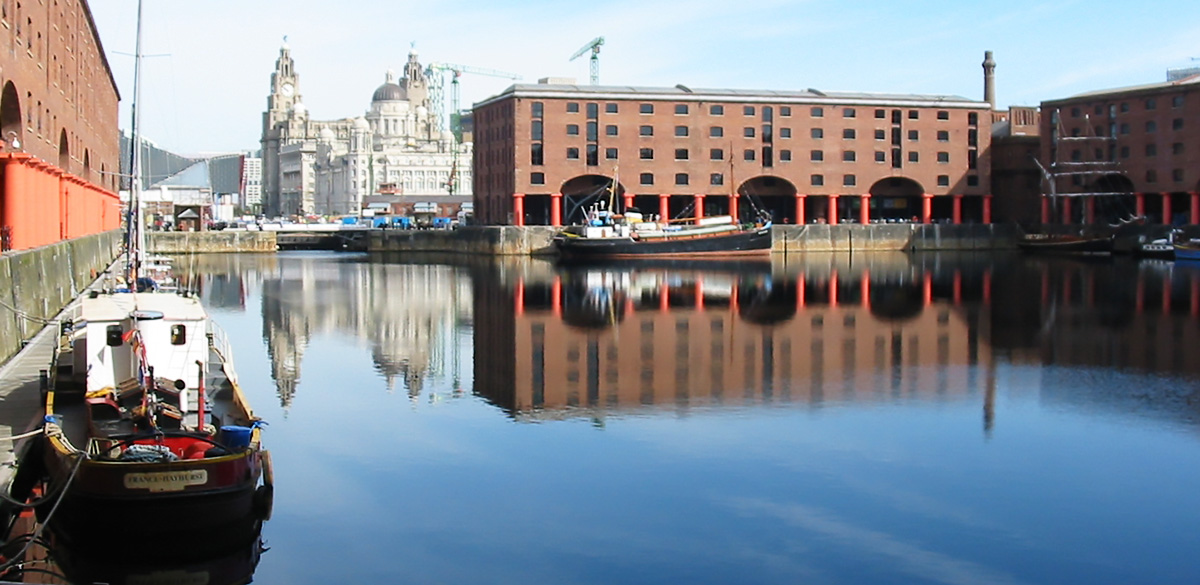Dr Jodie Matthews' review investigates how we can learn more about the profits of slavery being invested in the building of canals in Britain
CANALS were vital arteries for the Industrial Revolution and today they are prized for their recreational value and admired as major engineering accomplishments. But there are some murky depths to Britain’s inland waterways. How closely were their development and commerce tied to the riches that flowed from the nation’s involvement in the Transatlantic slave trade?
The University of Huddersfield’s Dr Jodie Matthews has carried out an academic literature review into the topic and has done so in her capacity as an Honorary Research Fellow for the Canal & River Trust, which has responsibility for two thousand miles of waterways in England and Wales.
A trigger for the project was the recent removal from Trust land of the statue – dating from 1813 – of Robert Milligan, a slave factor whose wealth and power helped build London’s West India Docks (pictured above). This was an opportunity to reassess the relationship between British trade and industry – in particular canals and waterways – with slavery, writes Dr Matthews in a newly-issued article that summarises the review.
“The topic is an important part of canal history. Rather than just tell the stories that we already know, there must be an acknowledgment that some of the history of places that we love is uncomfortable and needs confronting.”
Dr Jodie Matthews
Published by the Canal & River Trust, it is now freely available online. It is accompanied by a short essay from the prominent historical and cultural geographer, Dr Caroline Bressey of University College London. Dr Bressey prompts readers to think about how many stories are still waiting to become part of the ‘deep histories that run through the still waters of Britain’s canals’.
Dr Matthews’ preliminary investigation into the links between canals and slavery found that canals of the 18th and 19th century transported goods such as tobacco, rice cotton and sugar that had been produced by enslaved people.
Also, there are many individual examples of the profits of slavery being invested in canals, while major cities such as Liverpool and Manchester that were central to the development of canals were also implicated in the slave trade.
The sources drawn on by Dr Matthews include the Legacies of British Slave-ownership project carried out by University College London in tandem with Harvard University. One of the case studies in this database is Moses Benson, a Liverpool slave owner who was also a generous patron of the arts and a major investor in canals.
 Slave-produced goods were transported from port cities by the canal to be distributed further inland
Slave-produced goods were transported from port cities by the canal to be distributed further inlandIn addition to probing slave owners and their links to canal development, Dr Mathews also considers the likelihood that black people in Britain worked on canals, docks and warehouses, and she also discusses the abolitionist movement.
A key figure in this was Josiah Wedgewood, an anti-slavery campaigner whose ceramic medallion “Am I Not a Man and a Brother?” has been described by poet and academic David Dabydeen as the most famous image of a black person in all 18th-century art.
The Canal & River Trust has stated that Dr Matthews’s preliminary review is a starting point, and that future work on this topic will engage with diverse communities.
The review is not aimed at detracting from people’s relationship with waterways and their enjoyment of canals but to show that those histories are entangled with many different aspects of Britain’s history, said Dr Matthews.
“The topic is an important part of canal history,” she explained. “Rather than just tell the stories that we already know, there must be an acknowledgment that some of the history of places that we love is uncomfortable and needs confronting.”
